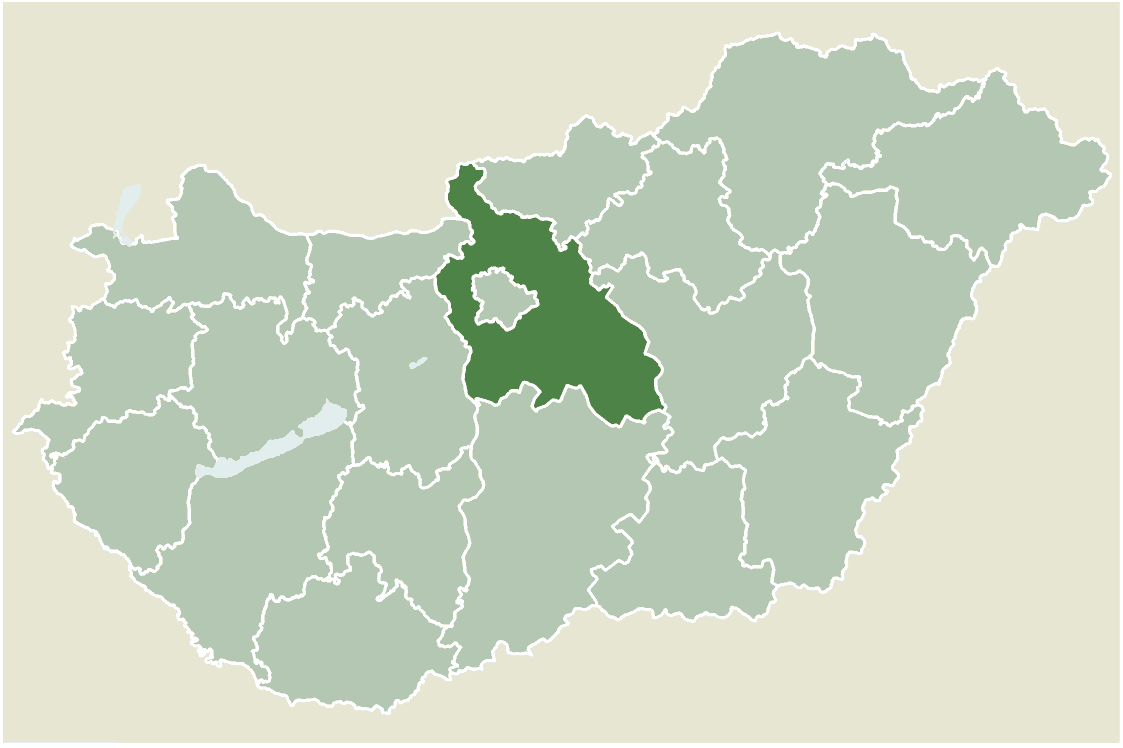|
Budapest Nyugati Pályaudvar
Budapest-Nyugati (western) railway station ( hu, Nyugati pályaudvar), generally referred to simply as Nyugati, is one of the three main railway terminals in Budapest, Hungary. The station is on the Pest side of Budapest, accessible by the 4 and 6 tramline and the M3 metro line. History The station was planned by August de Serres and was built by the Eiffel Company. It was opened on 28 October 1877. It replaced a previous station, which was the terminus of Hungary's first railway line, the Pest–Vác line (constructed in 1846). This building was pulled down in order to construct the Grand Boulevard. The station gave its name to the adjacent Western Square ('Nyugati tér'), a major intersection where Teréz körút (''Theresia Boulevard''), Szent István körút (''Saint Stephen Boulevard''), Váci út (''Váci Avenue''), and Bajcsy-Zsilinszky út ('' Bajcsy-Zsilinszky Avenue'') converge. The square also serves as a transport hub with several bus routes, tram routes 4 and ... [...More Info...] [...Related Items...] OR: [Wikipedia] [Google] [Baidu] |
Hungarian State Railways
Hungarian State Railways ( hu, Magyar Államvasutak, MÁV) is the Hungarian national railway company, with divisions "MÁV START Zrt." (passenger transport), "MÁV-Gépészet Zrt." (maintenance), "MÁV-Trakció Zrt." and "MÁV Cargo Zrt" (freight transport). The head office is in Budapest. History 1846–1918 Construction of Hungary's first railway line began in the second half of 1844. The first steam locomotive railway line was opened on 15 July 1846 between Pest and Vác. This date is regarded as the birth date of the Hungarian railways. The Romantic poet Sándor Petőfi rode on the first train and wrote a poem predicting that rails would connect Hungary like blood vessels in the human body. After the failed revolution, the existing lines were nationalized by the Austrian State and new lines were built. As a result of the Austro-Sardinian War in the late 1850s, all these lines were sold to Austrian private companies. During this time the company of Ábrahám Gan ... [...More Info...] [...Related Items...] OR: [Wikipedia] [Google] [Baidu] |
Kecskemét
Kecskemét ( , sk, Kečkemét) is a city with county rights central part Hungary. It is the eighth-largest city in the country, and the county seat of Bács-Kiskun. Kecskemét lies halfway between the capital Budapest and the country's third-largest city, Szeged, from both of them and almost equal distance from the two big rivers of the country, the Danube and the Tisza. It is the northern of two centres of the Hungarian Southern Great Plain (Hungarian: Dél-Alföld) region (comprising the three counties Bács-Kiskun, Békés and Csongrád); the southern centre is Szeged, the seat of Csongrád county. Etymology The name of the city stems from the Hungarian word ''kecske'' meaning "goat" and ''-mét'' meaning "pass". Geography Kecskemét was established at the meeting point of a large sandy region and a sandy yellow soil; its elevation is above sea level. The territory west of the city is covered by wind-blown sand, characterised by the almost parallel northern-southern ... [...More Info...] [...Related Items...] OR: [Wikipedia] [Google] [Baidu] |
Cegléd
Cegléd (; german: Zieglet) is a city in Pest County, Pest county, Hungary, approximately southeast of the Hungarian capital, Budapest. Name The name of the town is of disputed origin. The name may be derived from the word "szeglet" (meaning "corner") due to its being a junction point of several important routes, while it may also have been derived from a Noun, proper name, i. e. from the name of a man called "Cegléd". The most likely explanation derives the name from the noun "cigle" or "cegle", the old Hungarian name of a rivercoast willow. History Its area has been inhabited since the Copper Age. It was first mentioned in 1290 in a decree by Ladislaus IV of Hungary. The town prospered under the Árpád dynasty until the 13th century Mongols, Mongol invasion of Hungary left it in ruins. It was reinhabitated later, and on May 8, 1364 Louis I of Hungary relieved the town from paying customs. The king gave the town to his queen, Elizabeth of Poland, Queen of Hungary, Elisabeth, ... [...More Info...] [...Related Items...] OR: [Wikipedia] [Google] [Baidu] |
Mukachevo
Mukachevo ( uk, Мукачево, ; hu, Munkács; see name section) is a city in the valley of the Latorica river in Zakarpattia Oblast (province), in Western Ukraine. Serving as the administrative center of Mukachevo Raion (district), the city itself does not belong to the raion and is designated as a city of oblast significance, with the status equal to that of a separate raion. The city is a rail terminus and highway junction, and has beer, wine, tobacco, food, textile, timber, and furniture industries. During the Cold War, it was home to Mukachevo air base and a radar station. Mukachevo lies close to the borders of four neighbouring countries: Poland, Slovakia, Hungary, and Romania. Today, the population is . The city is a traditional stronghold of the Rusyn language, and the population of Mukachevo is officially reported as 77.1% ethnic Ukrainian. [...More Info...] [...Related Items...] OR: [Wikipedia] [Google] [Baidu] |



